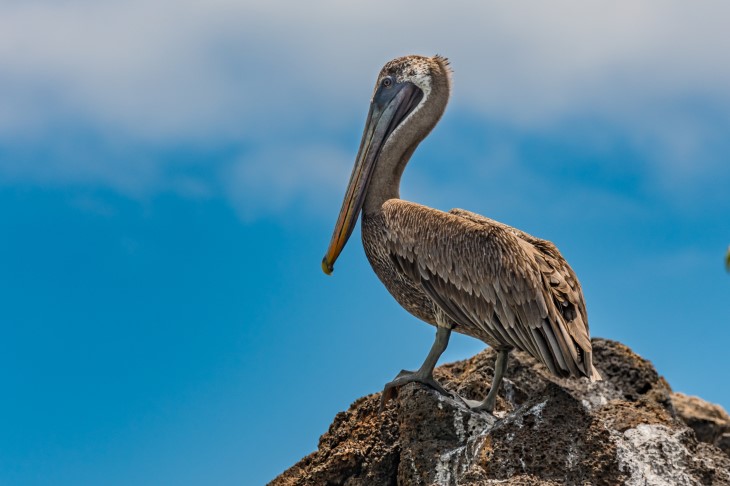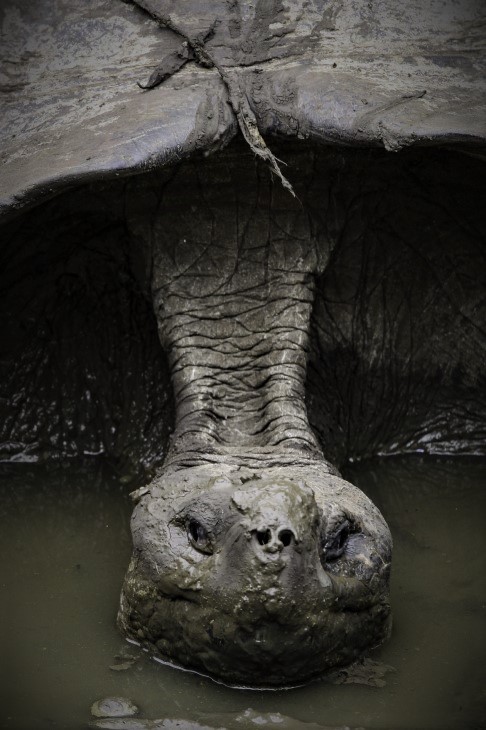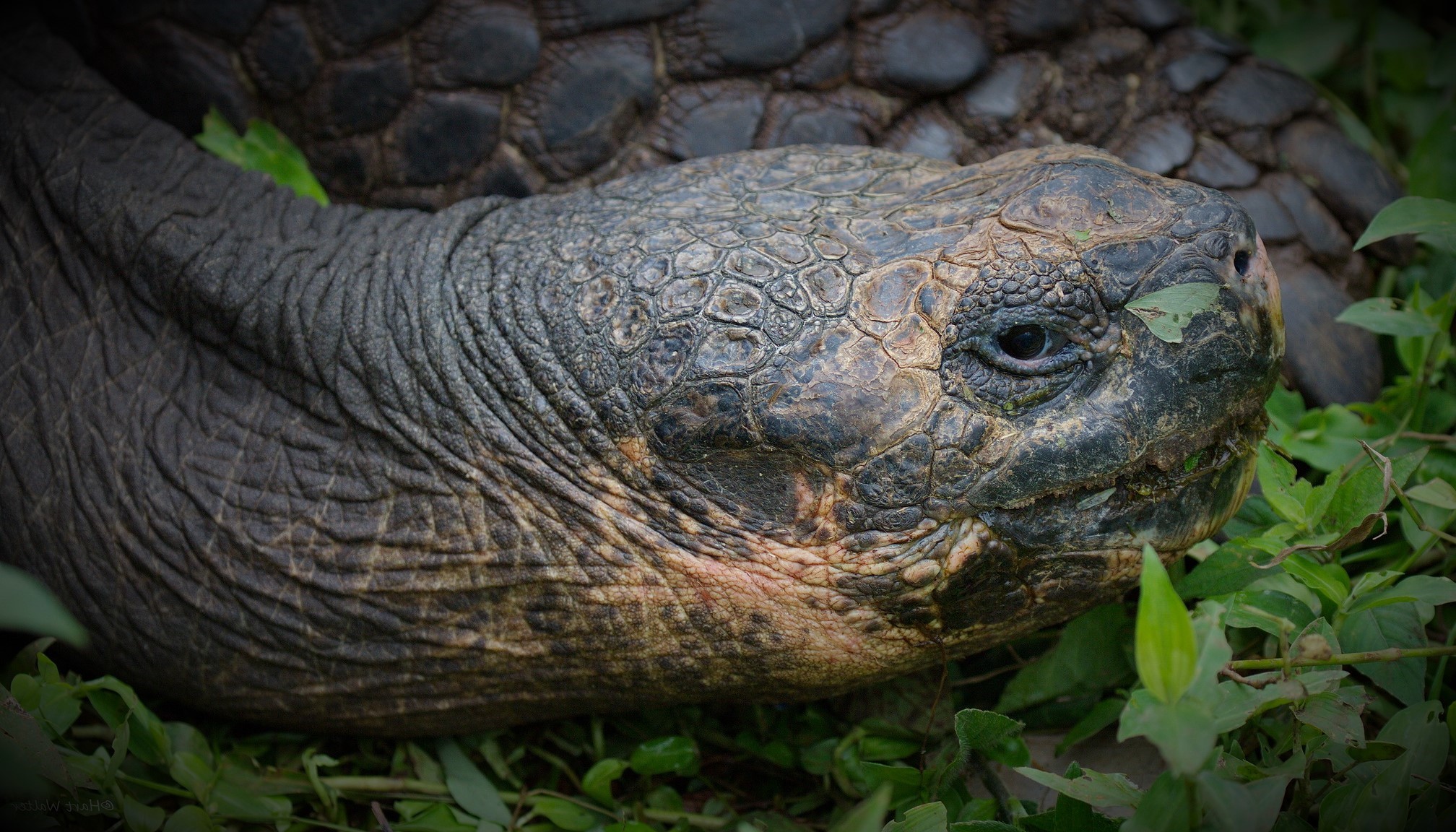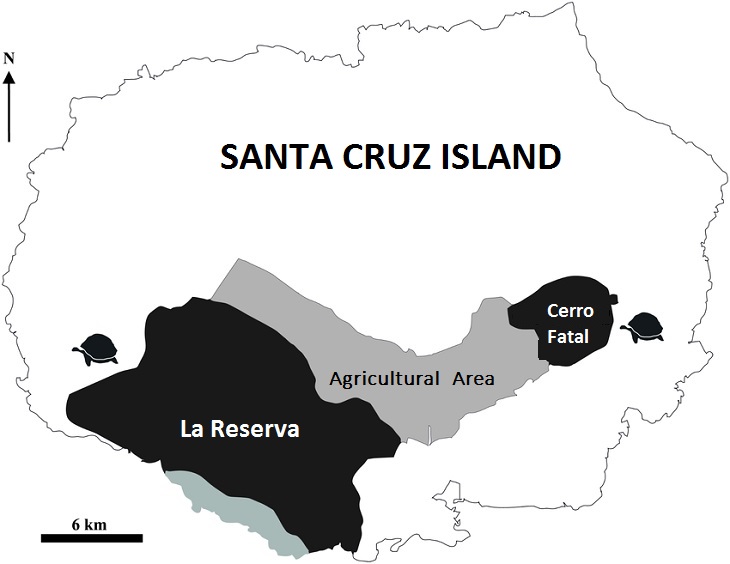
SIGN UP TO RECEIVE
15% OFF
IN YOUR NEXT TOUR

Scientists identify new Galapagos giant tortoise species in Santa Cruz Island
SCROLL DOWN TO READ

Scientists identify new Galapagos giant tortoise species in Santa Cruz Island
SCROLL DOWN TO READ
Scientists identify new Galapagos giant tortoise species in Santa Cruz Island
Genetic studies have determined that Santa Cruz Island in the Galapagos Archipelago has two (not one) giant tortoise species. A team of Ecuadoran and international scientists said on Wednesday 21th they have identified a new giant tortoise species on the highlands of the island, but there are only a few hundred members of the new species. Local Park Rangers and experts had long believed that the two giant tortoise populations on the Santa Cruz island were of the same species, but genetic tests have shown that those living on the eastern side of the island are different. The researchers baptized the new species Chelonoidis donfaustoi in honor of Fausto Llerena, the Park Ranger who took care of Lonesome George (the male Pinta Island tortoise that passed away in 2012 and the last known survivor of his species.) since his arrival at Galapagos National Park breeding Center in 1972.

Research began in 2002 when two scientists observed some differences on the shape and formation of the carapace of these tortoises. With this new discovery, Santa Cruz Island is home to two separate species of giant tortoises; one on the west side of the island in an area known as the Reserve: the Chelonoidis porteri and one on the lower eastern slopes near a hill named Cerro Fatal: the new Chelonoidis donfaustoi. While the Western Santa Cruz Tortoise population has more than two thousand individuals, the newly named Eastern Santa Cruz Tortoise population numbers 250 or 300 individuals. Its distribution, nesting zones, abundance, and potential threats are not well known.

Giant tortoise’s population diminished considerable close to extinction, due to human exploitation over the centuries, introduced species, and habitat degradation. The Giant Tortoise Restoration Initiative led by the Galapagos National Park, is focused on the long-term restoration of all Galapagos tortoise populations to historical numbers. Special emphasis will now be placed on the Eastern Santa Cruz Tortoise. With this find, experts now believe that 15 species of tortoise lived on the islands, including four that are extinct.

